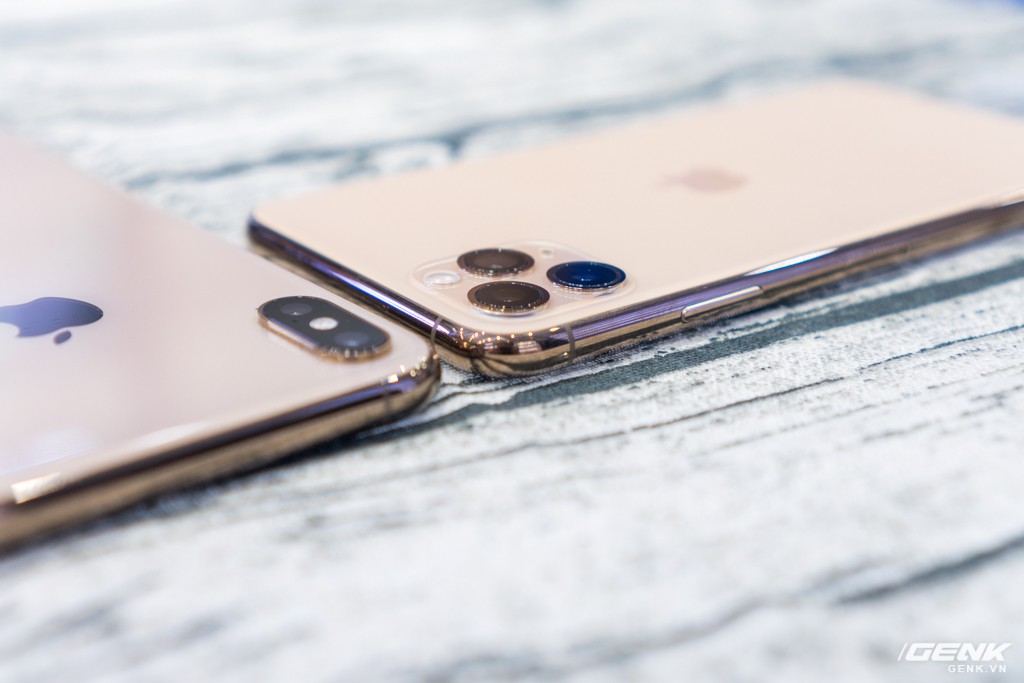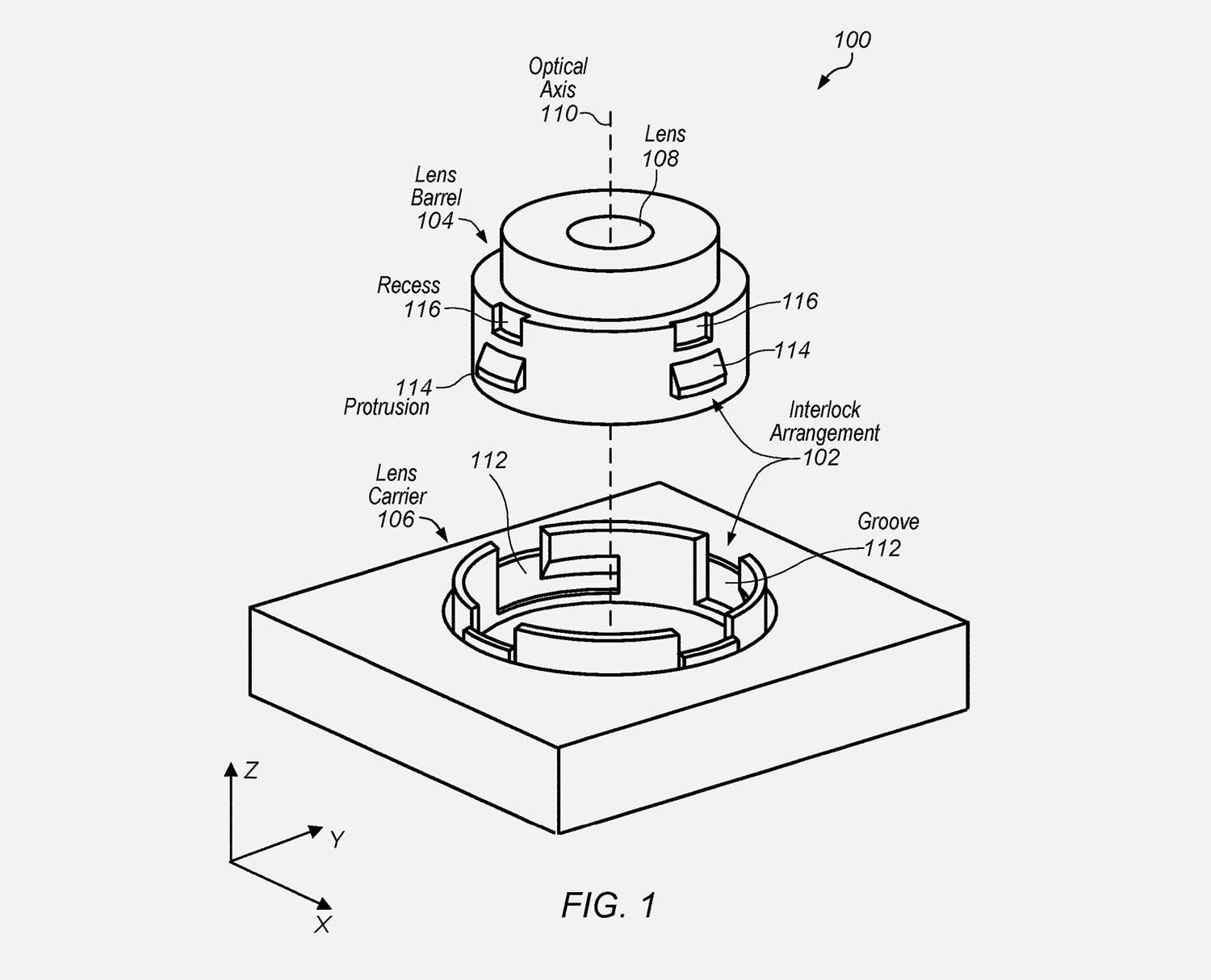In recent years, smartphone manufacturers have been competing to design a more comprehensive and powerful camera system. It started with the transition from one lens to two a few years ago, then to three, today there are even smartphones with four lenses. However, the constant addition of more and more lenses and sensors may not be the only way forward.
It could be interest you

Apparently, Apple is also trying to make a "step aside", or at least the company is exploring what is possible. This is indicated by a newly granted patent that breaks down the modular design of the camera's "lens", which in practice would mean that it would be possible to exchange one lens for another. Functionally, it would be identical to classic mirrorless/mirrorless cameras with interchangeable lenses, although essentially reduced in size.
According to the patent, the much-hated protrusion that has been appearing around the lenses in recent years and which causes phones to wobble slightly when placed on a table could serve as a mounting base for interchangeable lenses. The so-called the camera bump could contain a mechanism that would allow the attachment but also the exchange of lenses. These could then be both original and come from various manufacturers that focus on the production of accessories.
Currently, similar lenses are already sold, but due to the quality of the glass used and the attachment mechanism, it is more of a toy than something that can be effectively used.
Interchangeable "lenses" could solve the problem of the ever-increasing number of lenses on the back of the phone. However, it would have to be a very simple and user-friendly mechanism. Even so, I'm fairly skeptical of the idea.

The patent dates from 2017, but was only granted at the beginning of this January. Personally, I think that rather than user-replaceable lenses, the patent could help make entire camera systems in iPhones easier to service. Currently, if the lens is damaged, the entire phone must be disassembled and the module replaced as a whole. At the same time, if any damage occurs, the cover glass of the lens is usually scratched or outright cracked. The sensor as such and the stabilization system are usually intact, so it is unnecessary to replace it entirely. In this respect, a patent would make sense, but the question remains whether in the end it will simply be too complicated to manufacture and implement.
The patent describes several other potential scenarios for use, but these describe very theoretical possibilities rather than something that could appear in practice sometime in the future.
Source: Cultofmac